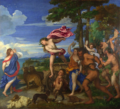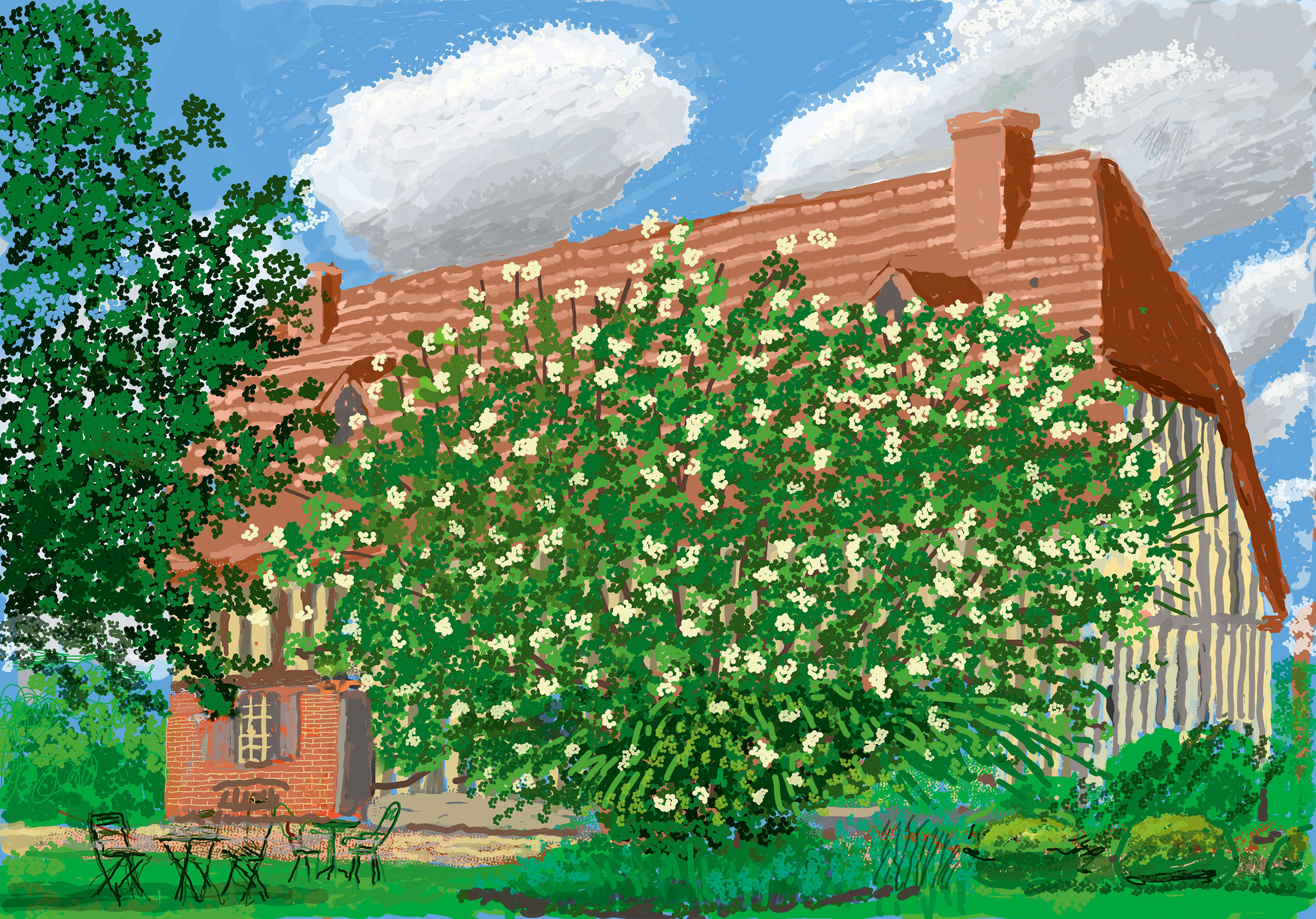
01001111 01101110 01100101 00001010 | Past
When Marcel Duchamp first placed an upside-down urinal on a plinth signed “R. Mutt, 1917”, marking that the altar of all modern art—that anything can be art—he ignited a fire within the world of meaning itself. Before that, Picasso had rearranged reality to his standards as he questioned the foundations of perception and, afterwards, Magritte turned the mirror back on itself to show the empty reflection of representation in painting, but Duchamp kidnapped ordinary objects and forced them to perform as art in a gallery, lighting a fuse behind the faux white walls of the art market that we are still looking around, anxiously, waiting to see explode. Where Picasso and Magritte created art of the impossible, Duchamp showed us an art of the possible.
Over fifty years later and much in the vein of Duchamp, who by the time of the urinal incident had all but abandoned painting for a more conceptual path, the British abstract painter Harold Cohen jumped ship mid-career in order to seek new shores that would allow him to bloom a new form of art, landing on computer coding as his medium. Cohen was the first artist-become-programmer, and with a team of computer engineers in the 1980s, he created AARON, a robotic machine designed to make large-scale drawings and artworks on paper that Cohen placed on the floor. The black ink outlines that were later coloured in by Cohen himself in works such as ‘Untitled Computer Drawing’ (1982) are a collaboration of the artist/programmer and the machine, one of which caused a severe backlash when first displayed in a museum: when a machine with its own name and identity, AARON, simulated the human mind—an early glimpse at artificial intelligence—and its creativity, and when the line between artist and tool became indistinguishable overnight.
Ironically enough, when asked about being the progenitor of computer art Duchamp retaliated, saying that “art will be sunk or drowned by technology.” Yet, Cohen insisted, “if what AARON is making is not art, what is it exactly, and in what ways, other than its origin, does it differ from the ‘real thing?’ If it is not thinking, what exactly is it doing?” But the question remains: how is digital art different from traditional art, or is digital art even ‘real’ art in the first place?
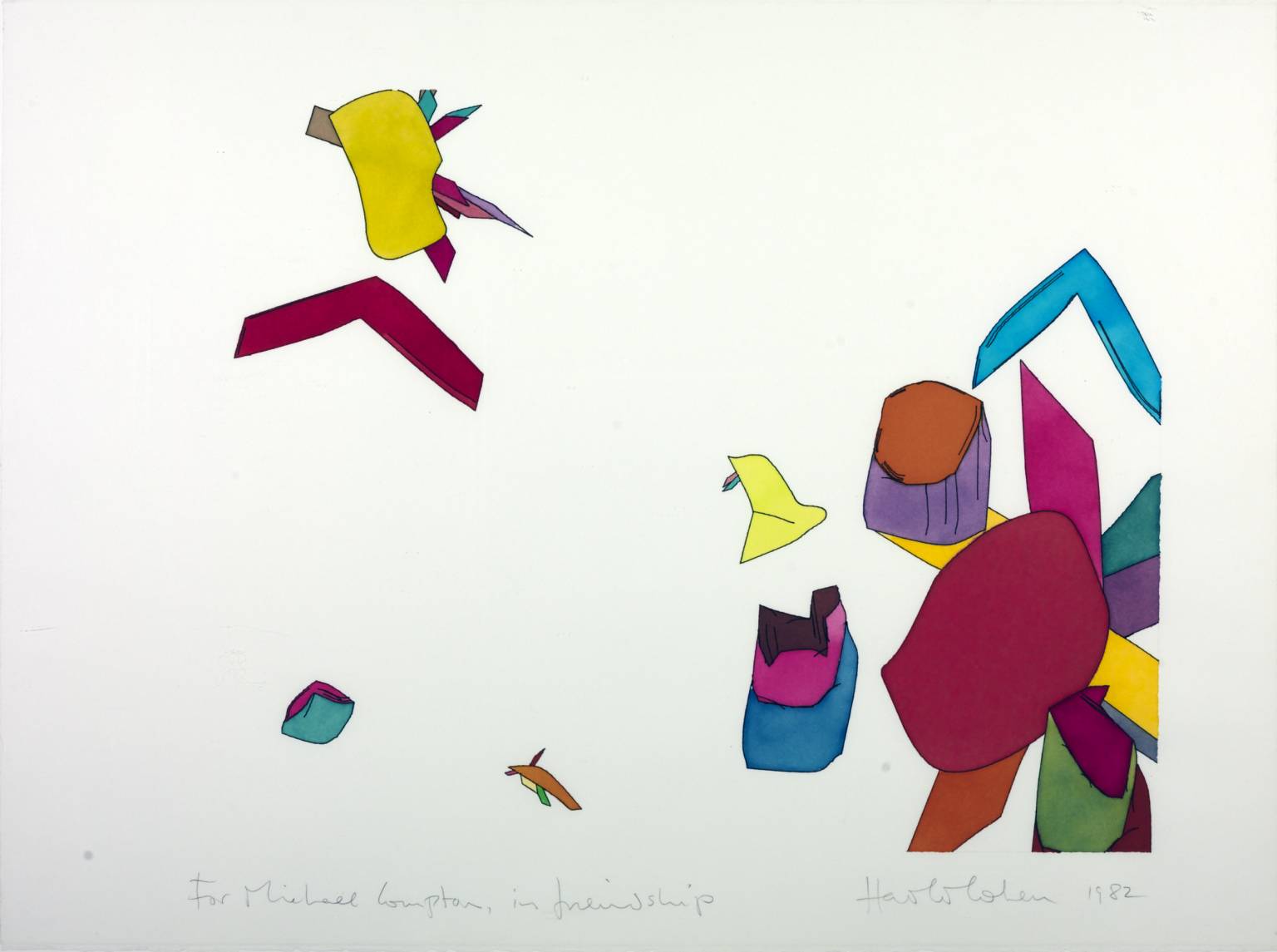
01010100 01110111 01101111 00001010 | Present
What goes into making digital art can be manifold, and digital art styles evolve as quickly as the technology they are created with. One day a programmed machine is sketching some scribbly lines onto paper, then you blink and even David Hockney is using an iPad to ‘paint’ landscapes that continue his gleeful preoccupation with present and temporary sensations of light and space, only now rendered digitally. You blink again and Beeple is the new Jeff Koons, Christie’s selling his NFT jpg ‘Everydays — The First Five Thousand Days’ for $69.3 million placing him in the top three richest living artists, and like something out of a science-fiction film, standing against the future will only lead you further towards assimilation.
To trace the line from AARON to the current flux of generative art creators, or the rapid development of NFTs, is to trace the history of digital art itself, and to ignore digital art as a medium is to reject Duchamp’s urinal as art once again. Art isn’t binary, and even through warbled ones and zeroes, there is a space deep beneath the tool where the artist’s guiding hand can reveal the internal pattern of dynamic digital universes.
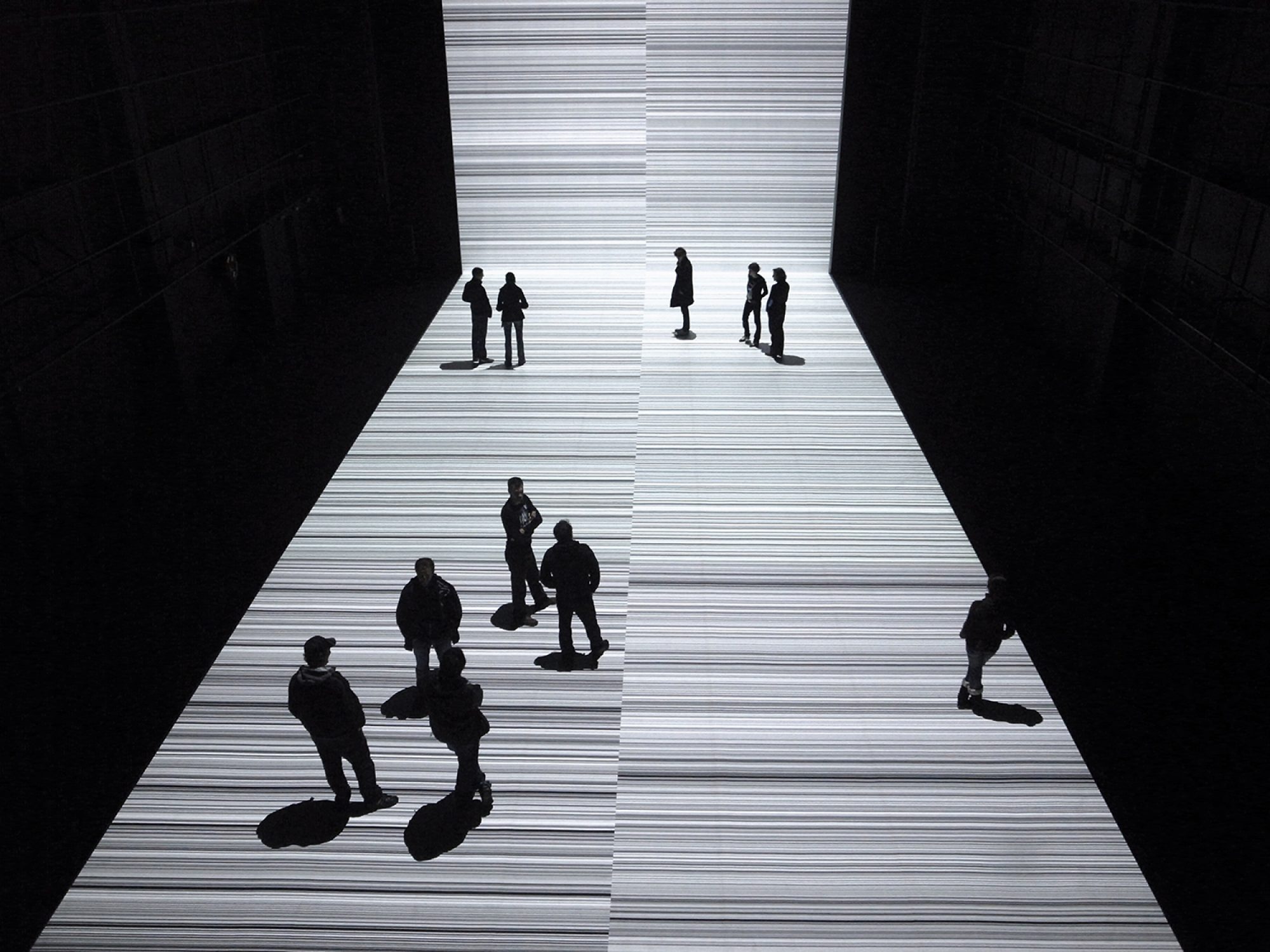
Undoubtedly the most interesting developments of the rise of digital art have been because of the omnipresence of the internet, just as early twentieth-century modernism was in large part defined by the relationship between craft and the emergent technologies of manufacturing and mass media. One of the most interesting digital art ideas seems to have grown from the seed of a concept by the ever-prophetic artist and composer Brian Eno, who once wrote: “Whatever you now find weird, ugly, uncomfortable and nasty about a new medium will surely become its signature…It’s the sound of failure: so much modern art is the sound of things going out of control, of a medium pushing to its limits.”
As technology evolves, so does culture, the two informing each other until it’s indecipherable which is influencing which. Beyond traditional coding or more user-friendly graphics software like Photoshop or Blender, there are also wearable technologies like motion capture suits and virtual reality, 360 immersive audio-visual installations, 3D printers and laser cutters, robotics and more that all make up what can be constituted ‘digital art’—and the more abstract digital art comes from the work that is siphoned from deep within this new digital vocabulary.
The work of Ryoji Ikeda turns the digital into the art, a representation of data itself turned into compositions, purging the underlying structures of algorithms and programs from their numerical cages and setting them free as new, ready-to-be-experienced, visualisations. By converting text, sounds and imagery into data which then plays out in real-time as blindingly hypnotic flashes and strobes, there is a sense that technology—like art—is a sort of dreamscape into which people enter. Here are images of data, and in turn, we see the data of the images; self-cannibalisation that leads you through a digital Sublime into asking whether or not ‘information’ can have ‘meaning’. It’s a question I’m not sure there is an answer to, but if the question was originally ‘is digital art real art’ then I think the question it leads to, is the answer itself.
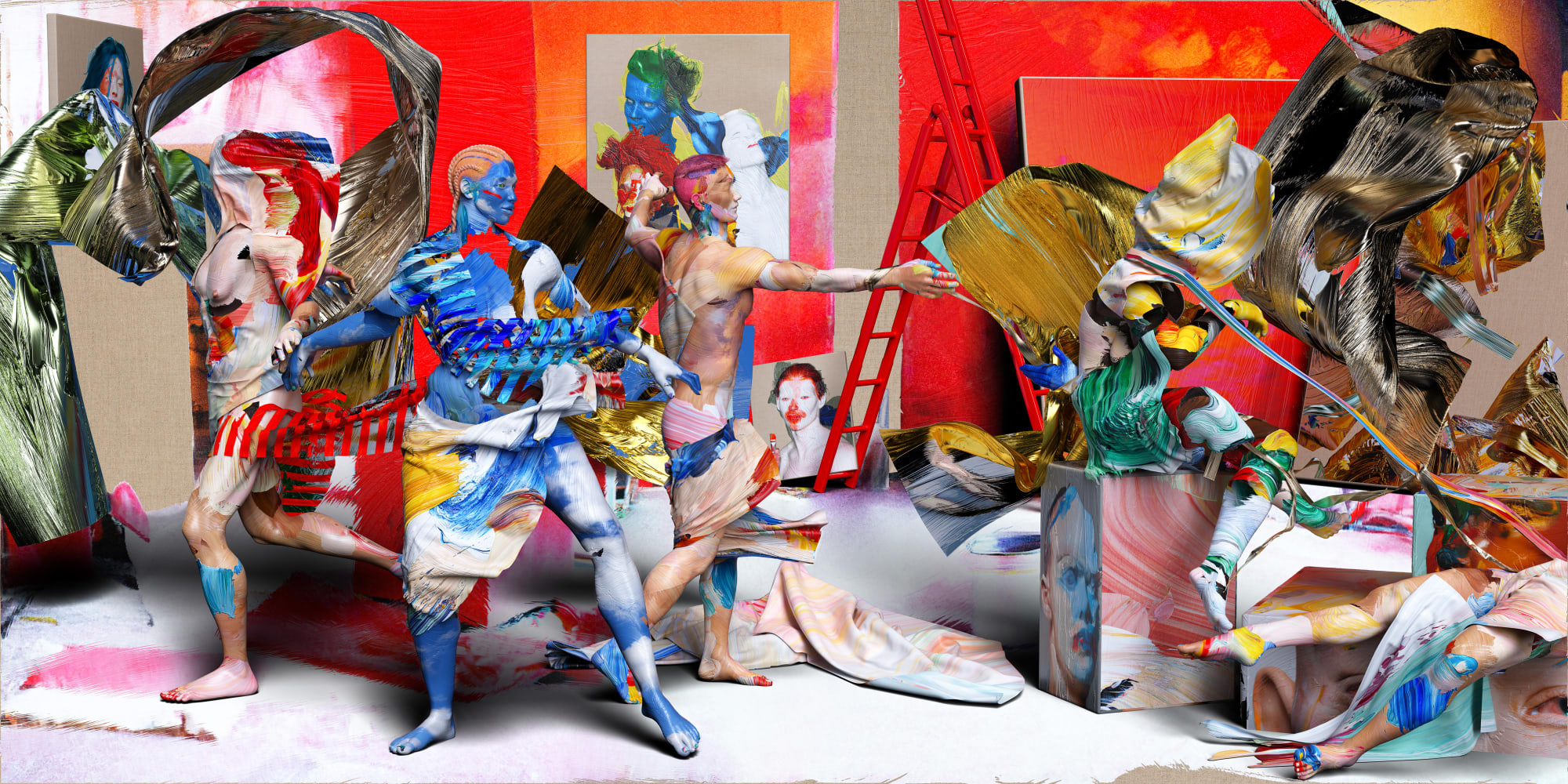
01010100 01101000 01110010 01100101 01100101 | Future
To walk through an art gallery is to walk through a sacred space, however, digital art arrived as a disruption to the system, transcending any medium or white wall to become something that defies definition within material space and time. Still, it is interesting how much digital art is now being refracted back into the physical: several popular exhibits now showing around the globe combine both digital and traditional art elements.
Currently on display at Unit London is Matthew Stone’s Virtual Paintings, where exploring the duality of realism and imagination Stone first hand-paints physical brush strokes, scanning them in and digitally manipulating the marks into figures and distorted marionettes, to then print the imagery back out onto canvas or linen for exhibition—in a sense ‘devirtualising’ the once merely virtual. This combination of the physical and digital, the traditional and the technological, places his work in a sphere that is both iconoclastic and instantly iconographic. His digital avatars are not hollow husks, liquified and emptied into the uncanny valley, but still retain the sense of being deeply human, evocative of feeling and full of emotion, and perpetuating the history of image-making.
Many artists who have, up to now, been creating physical artworks have turned to the NFT (standing for Non-Fungible Token, which are encrypted digital artworks sold on the ‘blockchain’ or cryptocurrency databases) trend to sell their works. Damien Hirst recently created thousands of physical splatter paintings, auctioning them online as NFTs and letting the buyers decide whether they wanted to keep the physical work and ‘burn’ the NFT, or keep the NFT and Hirst would physically burn the remaining prints, saying that whatever his buyers chose he believes “in art and art in all its forms.” There is a danger for an open-source digital market like this to easily become saturated, however, beneath all the froth it proves that society is increasingly centred on digital creativity and that there is a lot of room for artists to innovate within that space—whatever that may look like in the future.
Because if art is the communication of feelings and thoughts that make us more aware of the nature of our existence by visual means, then computer-generated dreams and creative algorithms that question the mysteries of our existence enlighten a whole generation of people who grew up the www. and who are able to take advantage of the new inventive and experimental corners of the internet that are slowly revealing themselves. And for these creators, once they figured out a new system for how to sell digital art with new forms of curation, it became obvious that the new art canon isn’t defined by tastemakers or wealthy collectors. There are unpoliced spaces where artists such as Ani Elem (whose “Rhythm” reaches back through art history to create a digital rendering of the same transcendent force of the works of Kandinsky or Mondrian) who through sites such as ArtWeb can feature and sell their works directly to their audience. Technology isn’t merely just a tool; it certainly didn’t drown art but instead opened up a whole new and vast field of creation within itself.
And it’s only just getting started.



